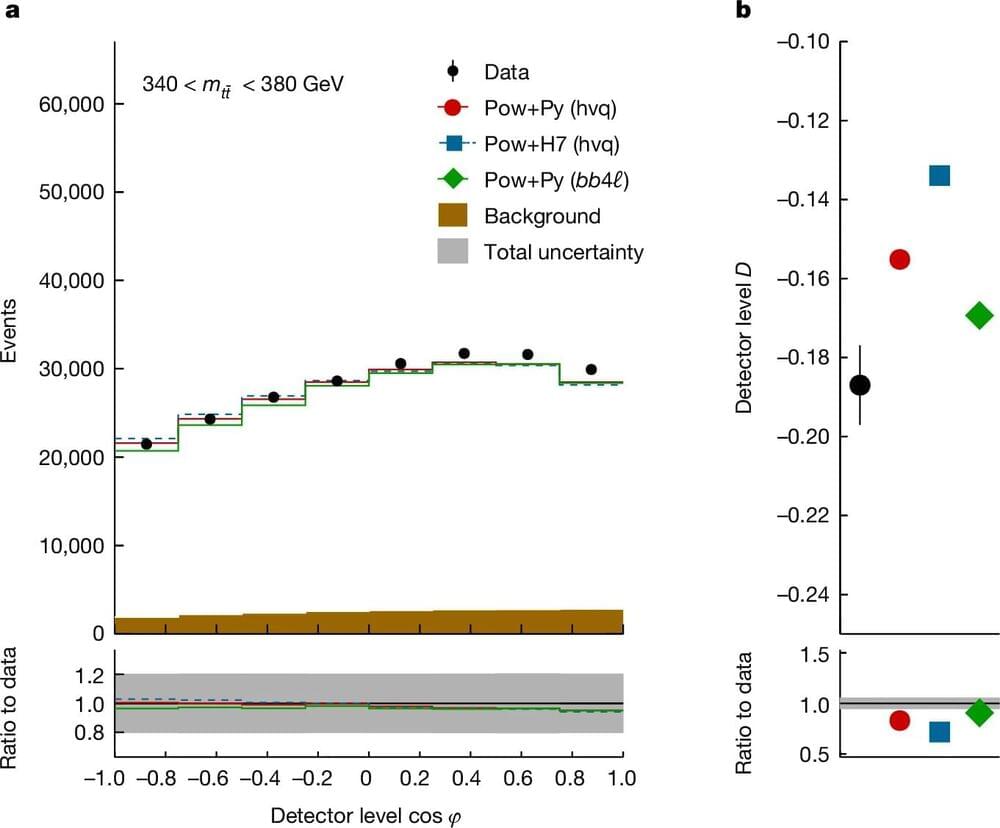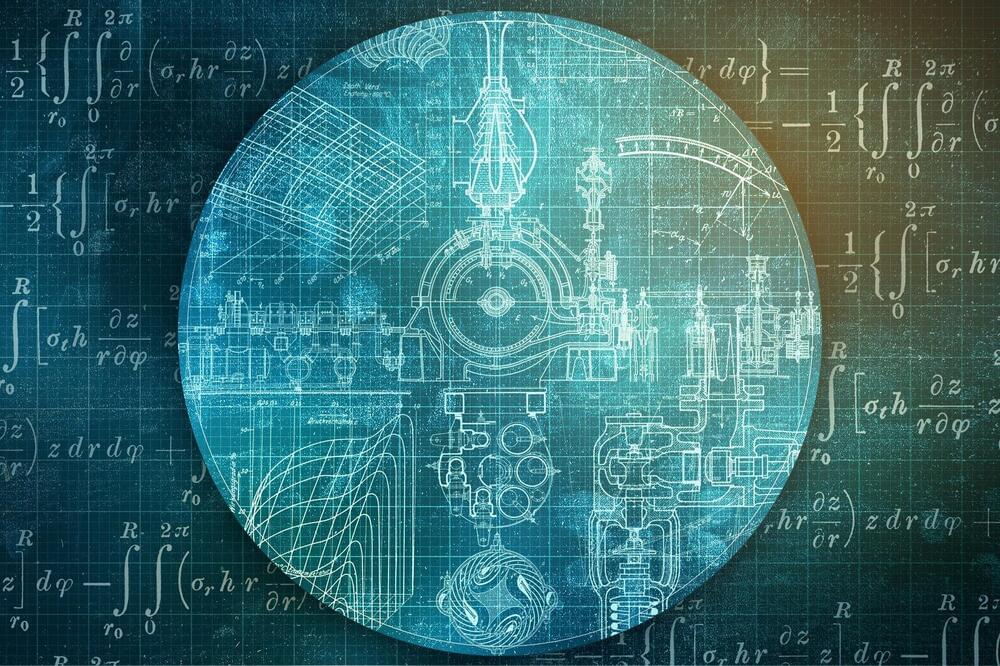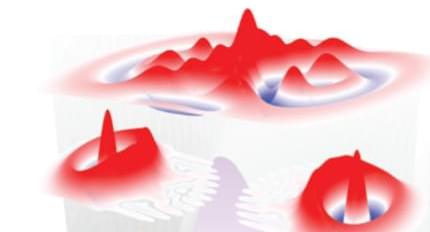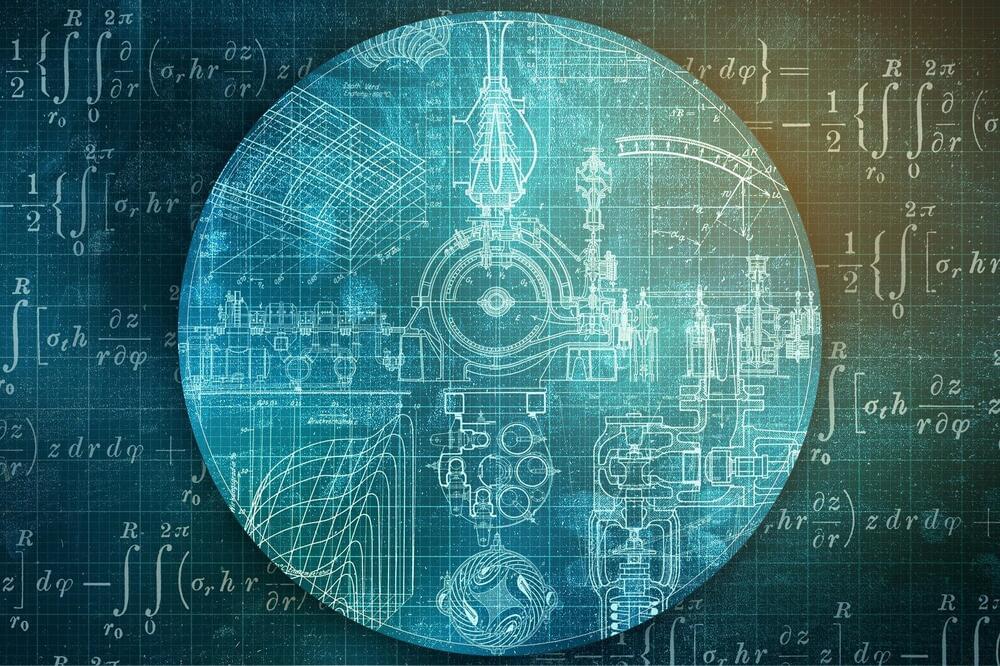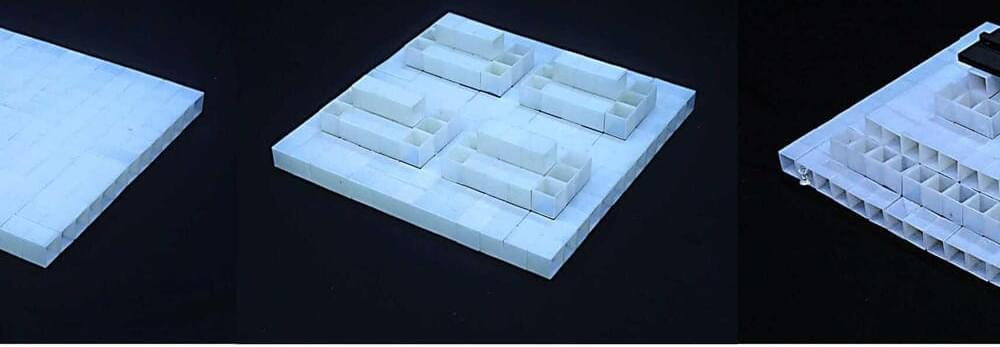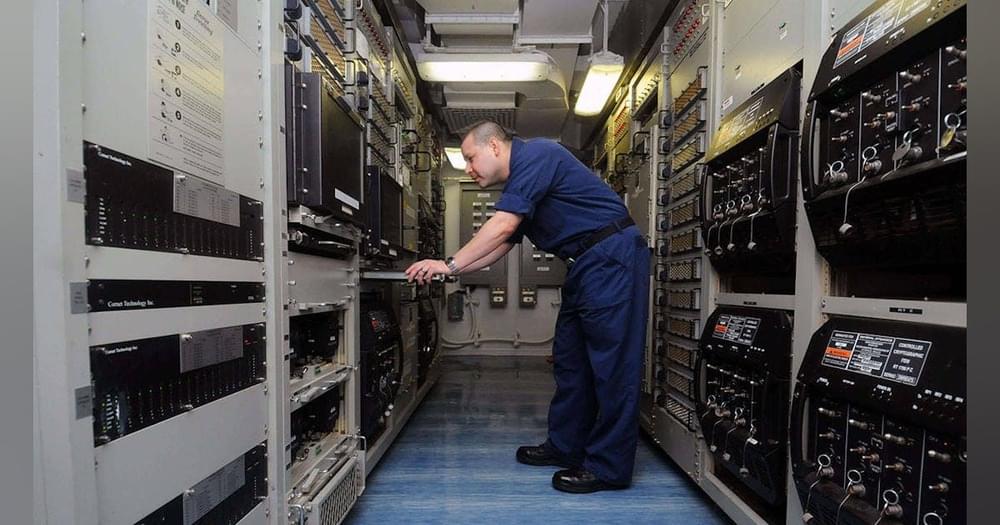Quantum entanglement is a fascinating feature of quantum physics—the theory of the very small. If two particles are quantum-entangled, the state of one particle is tied to that of the other, no matter how far apart the particles are. This mind-bending phenomenon, which has no analog in classical physics, has been observed in a wide variety of systems and has found several important applications, such as quantum cryptography and quantum computing.
